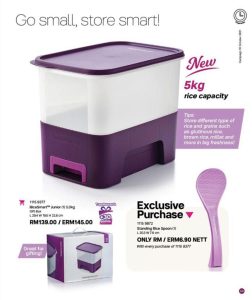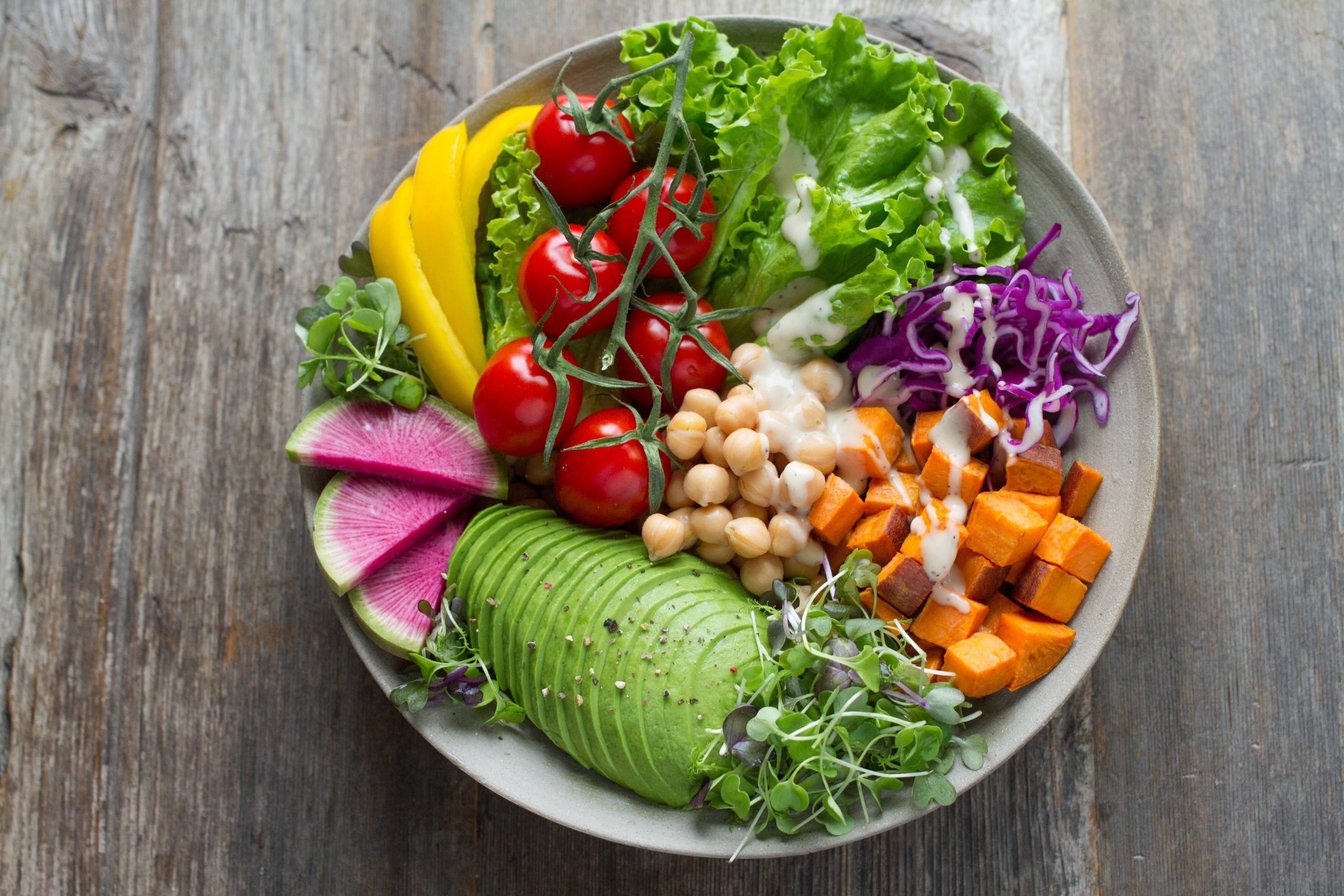Food contamination can have damaging effects for people as well as food businesses. It can endanger people’s health and safety and have a negative impact on a company’s reputation if someone is sick due to consuming foul food or drink served by a food business. Some people neglect the importance of buy containers for storing flour Malaysia. While most people out there believe there are only three types of food contamination, there are four to be aware of. It is vital that you are aware of these four types in order to protect your health and the reputation of your food business.

i) Chemical Contamination
Chemical contamination occurs when food is contaminated by a chemical substance. Chemicals are commonly used in the kitchen for cleaning and disinfecting, so it’s not surprising that they can contaminate food. Contamination can occur when preparing food on a surface that still has chemical residue on it, or when cleaning chemicals are sprayed near uncovered food. Furthermore, food can be contaminated by chemicals before it even reaches the kitchen. Fertilizers and pesticides, for example, may have been sprayed near food while it was growing.
We can avoid chemical food contamination by (i) always storing chemical ingredients in a separate area or far from the food storage area or kitchen, (ii) following the instructions for handling chemicals provided by the chemical manufacturers, and (iii) ensuring that food is covered when you are cleaning.
ii) Microbial Contamination
Microbial contamination happens when microorganisms become the main cause. For example, bacteria, viruses, mould, and fungi. This can happen in a variety of ways, such as Campylobacter, a type of bacteria, that can grow in undercooked chicken; Salmonella from animal intestines can be transferred to food products during animal rearing and slaughter. Cross-contamination can occur when high-risk raw foods are stored and prepared near ready-to-eat foods. Fish and shellfish may consume toxin-producing organisms that are harmful to humans if consumed.
Microbial contamination is the most common cause of food poisoning outbreaks. The best way to avoid this type of contamination is to adhere to strict, high-quality food hygiene practices. That is to say: Maintaining impeccable personal hygiene and taking time off from work when sick. Separating raw and ready-to-eat food throughout the food handling process, from delivery to serving. Wash all raw fruits and vegetables. Controlling pests and preventing their presence on the premises.
iii) Physical Contamination
Physical contamination occurs when a food is tainted by a foreign object. It can happen at any point during the food delivery and preparation process. Physical contamination can result in serious injury to the consumer, such as broken teeth or choking.
Jewellery, hair, plastic, bones, stones, pest bodies, and cloth are examples of physical contaminants found in food. Furthermore, if there are any issues with the food premises or equipment, such as flaking paint or loose screws in a piece of equipment, these may enter the food. Physical contaminants may also contain dangerous bacteria, posing an even greater risk.
Iv) Allergenic Contamination
When a food that causes an allergic reaction comes into contact with another food, allergenic contamination occurs. For example, if the same knife used to cut regular bread is also used to cut gluten-free bread, or if pasta is stored in a tub that previously held peanuts. There are 14 allergens that have been identified. These are the foods that cause the majority of people’s food allergies. Gluten, peanuts, eggs, mustard, soy, and fish are all on the list. For someone who has a food allergy, even a small amount of that food can cause a fatal reaction. As a result, it is critical that you avoid allergenic contamination of food in your establishment.

